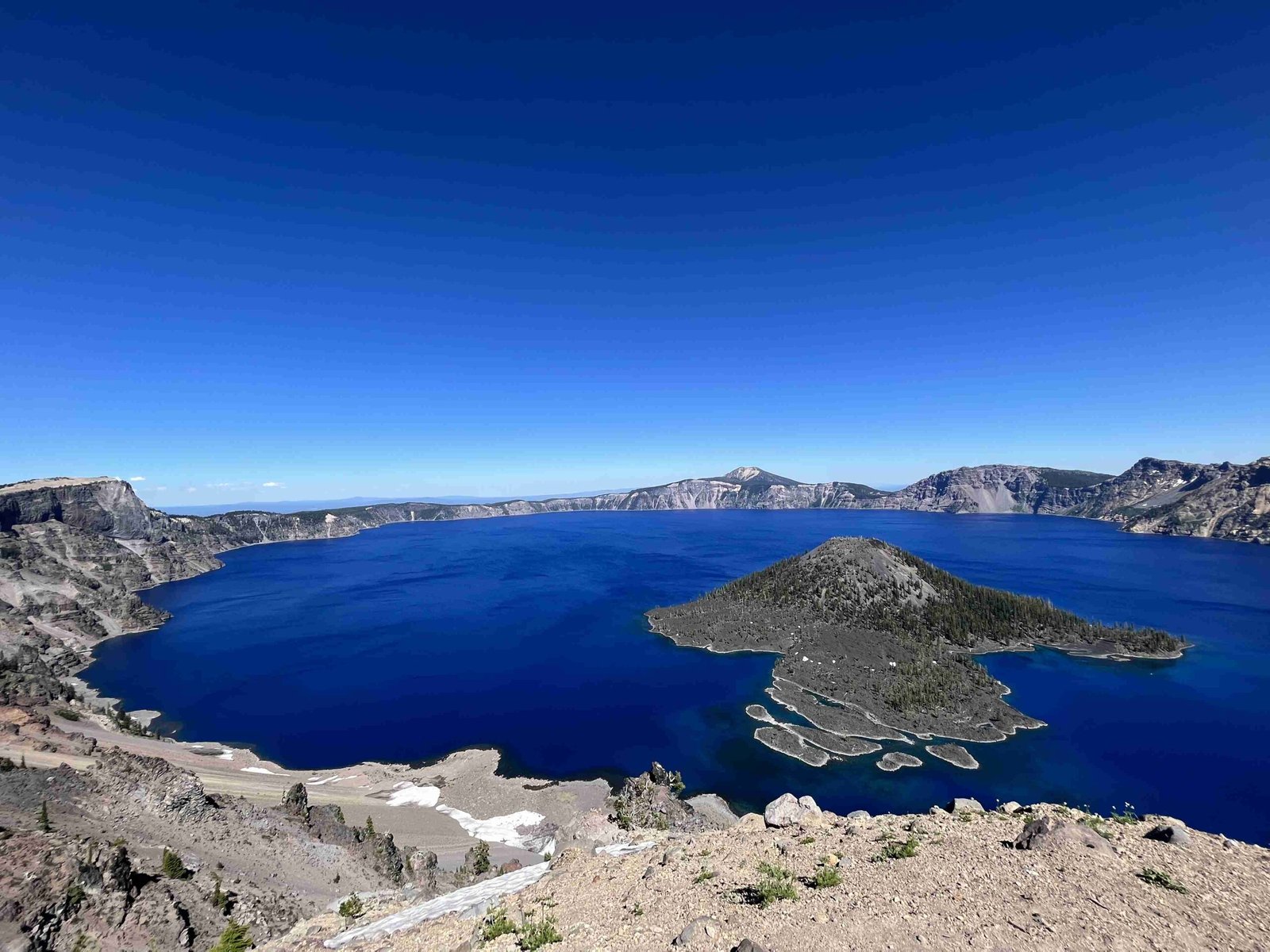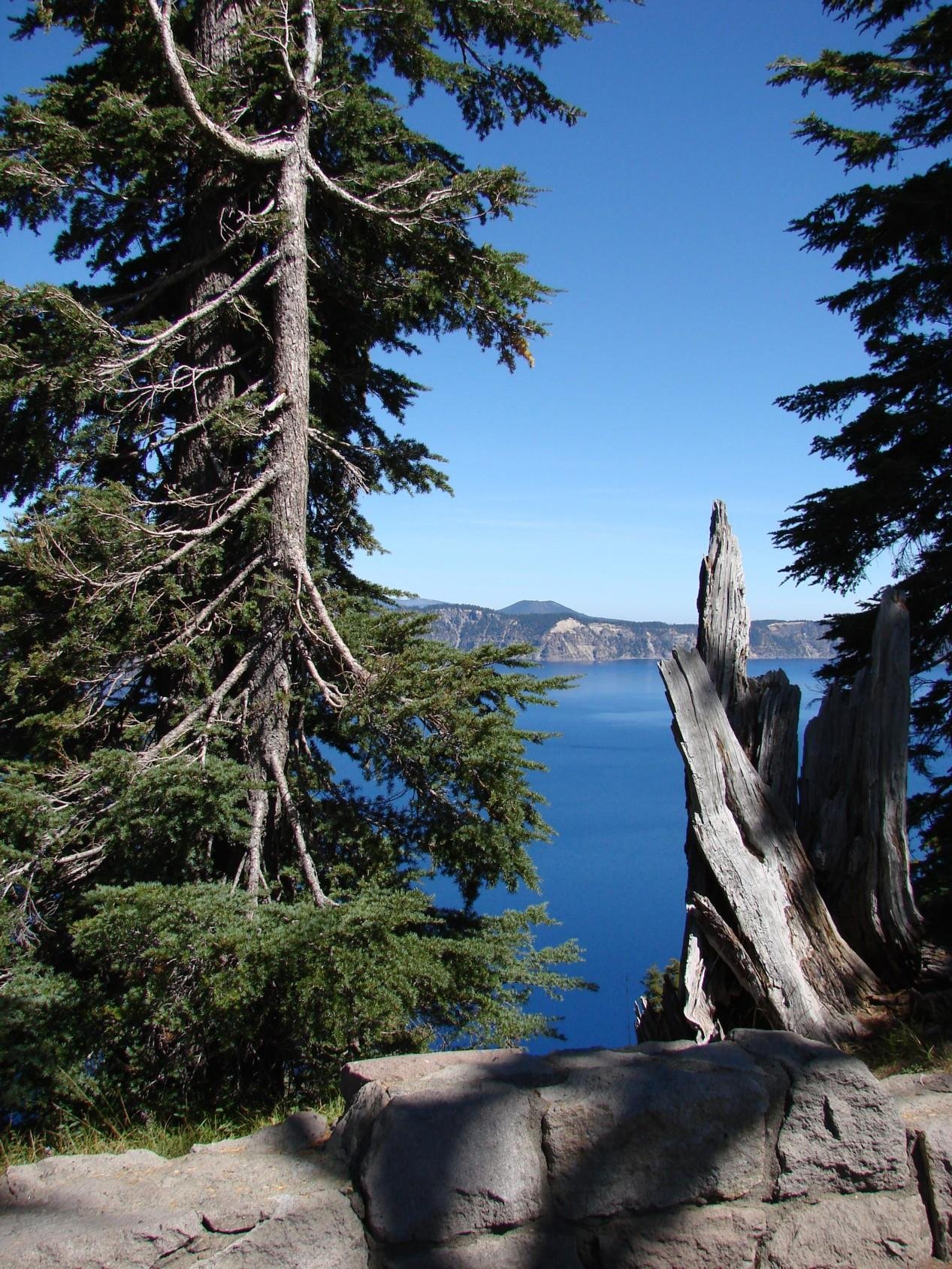Crater Lake, a stunning natural wonder nestled in the Cascade Mountains of Oregon, is renowned for its pristine blue waters and dramatic volcanic landscape. As the deepest lake in the United States and one of the most picturesque in the world, Crater Lake truly earns its title as the gem of the Cascades. This article explores the unique features, history, and visitor experiences that make Crater Lake a must-see destination for nature enthusiasts and casual tourists alike.
What Makes Crater Lake a Unique Natural Wonder?

Crater Lake’s formation is a testament to the raw power of nature. Nearly 7,700 years ago, a violent eruption caused the collapse of Mount Mazama, creating the caldera that would eventually become Crater Lake. Over time, the crater filled with rainwater and snowmelt, resulting in one of the clearest and deepest lakes in the world.
Key features that make Crater Lake unique:
- Exceptional water clarity due to lack of incoming streams or rivers
- Striking deep blue color resulting from its depth and purity
- Volcanic islands within the lake, including Wizard Island
- Surrounding cliffs rising up to 2,000 feet above the water’s surface
What Are the Impressive Dimensions of Crater Lake?

Crater Lake’s statistics are as impressive as its beauty:
| Dimension | Measurement |
|---|---|
| Maximum Depth | 1,949 feet (594 meters) |
| Average Depth | 1,148 feet (350 meters) |
| Surface Area | 20.6 square miles (53 square kilometers) |
| Maximum Length | 6 miles (9.7 kilometers) |
| Maximum Width | 5 miles (8.0 kilometers) |
| Surface Elevation | 6,178 feet (1,883 meters) above sea level |
| Water Volume | 4.49 cubic miles (18.7 cubic kilometers) |
These dimensions make Crater Lake the deepest lake in the United States, the second deepest in North America, and the ninth deepest globally.
How Can Visitors Experience Crater Lake?
Crater Lake National Park offers a variety of ways for visitors to experience this natural gem:
- Scenic Drives: The 33-mile Rim Drive encircles the lake, offering stunning viewpoints.
- Hiking Trails: Numerous trails cater to different skill levels and interests.
- Boat Tours: Seasonal tours provide a unique perspective from the water’s surface.
- Ranger-led Programs: Educational programs offer insights into the lake’s geology and ecology.
- Winter Activities: Snowshoeing and cross-country skiing are popular when snow blankets the park.
What Hiking Trails Are Available at Crater Lake?
Crater Lake National Park boasts several hiking trails that showcase the area’s natural beauty:
- Rim Trail: A 33-mile trail circling the lake, offering panoramic views.
- Cleetwood Cove Trail: The only trail leading to the lake shore, 1.1 miles one-way with a 700-foot elevation change.
- Watchman Peak Trail: A 1.6-mile round-trip hike with spectacular lake views.
- Garfield Peak Trail: A challenging 3.5-mile round-trip trail with a 1,000-foot elevation gain.
Each trail provides unique perspectives of Crater Lake and the surrounding Cascade landscape.
What Amenities and Facilities Are Available for Visitors?
Crater Lake National Park provides various amenities to enhance visitor experience:
- Visitor Centers: Steel Visitor Center (open year-round) and Rim Village Visitor Center (seasonal)
- Lodging: Crater Lake Lodge and The Cabins at Mazama Village
- Camping: Mazama Campground and Lost Creek Campground
- Dining: Crater Lake Lodge Dining Room and Annie Creek Restaurant
- Gift Shops: Located at Rim Village and Mazama Village
- Boat Tours: Available during summer months, weather permitting
These facilities ensure that visitors can comfortably enjoy their time exploring the gem of the Cascades.
How Accessible Is Crater Lake Throughout the Year?
Accessibility to Crater Lake varies with the seasons:
- Summer (July-September): Peak season with all facilities open and full access to Rim Drive.
- Fall (October-November): Cooler temperatures, fewer crowds, but some facilities begin to close.
- Winter (December-April): Heavy snowfall limits access; north entrance closed, but winter activities available.
- Spring (May-June): Gradual reopening of facilities as snow melts, but Rim Drive may still be partially closed.
Visitors should check current conditions before planning their trip, especially during shoulder seasons.
What Is the Best Time to Visit Crater Lake?
The ideal time to visit Crater Lake depends on personal preferences and desired activities:
- Summer offers the fullest range of activities and services but also the largest crowds.
- Fall provides beautiful foliage and fewer visitors, with generally mild weather.
- Winter attracts snow enthusiasts for unique views and activities, though access is limited.
- Spring brings wildflowers and waterfalls, but some areas may still be snow-covered.
Each season offers a distinct experience of this cascading gem, allowing visitors to appreciate its beauty year-round.
Crater Lake, the gem of the Cascades, continues to captivate visitors with its pristine beauty and geological significance. Whether you’re seeking adventure, tranquility, or scientific wonder, this natural masterpiece offers an unforgettable experience in the heart of Oregon’s Cascade Mountains.
References:
1. Crater Lake – Simple English Wikipedia
2. Frequently Asked Questions Crater Lake – Oregon Explorer
3. Crater Lake (U.S. National Park Service)

